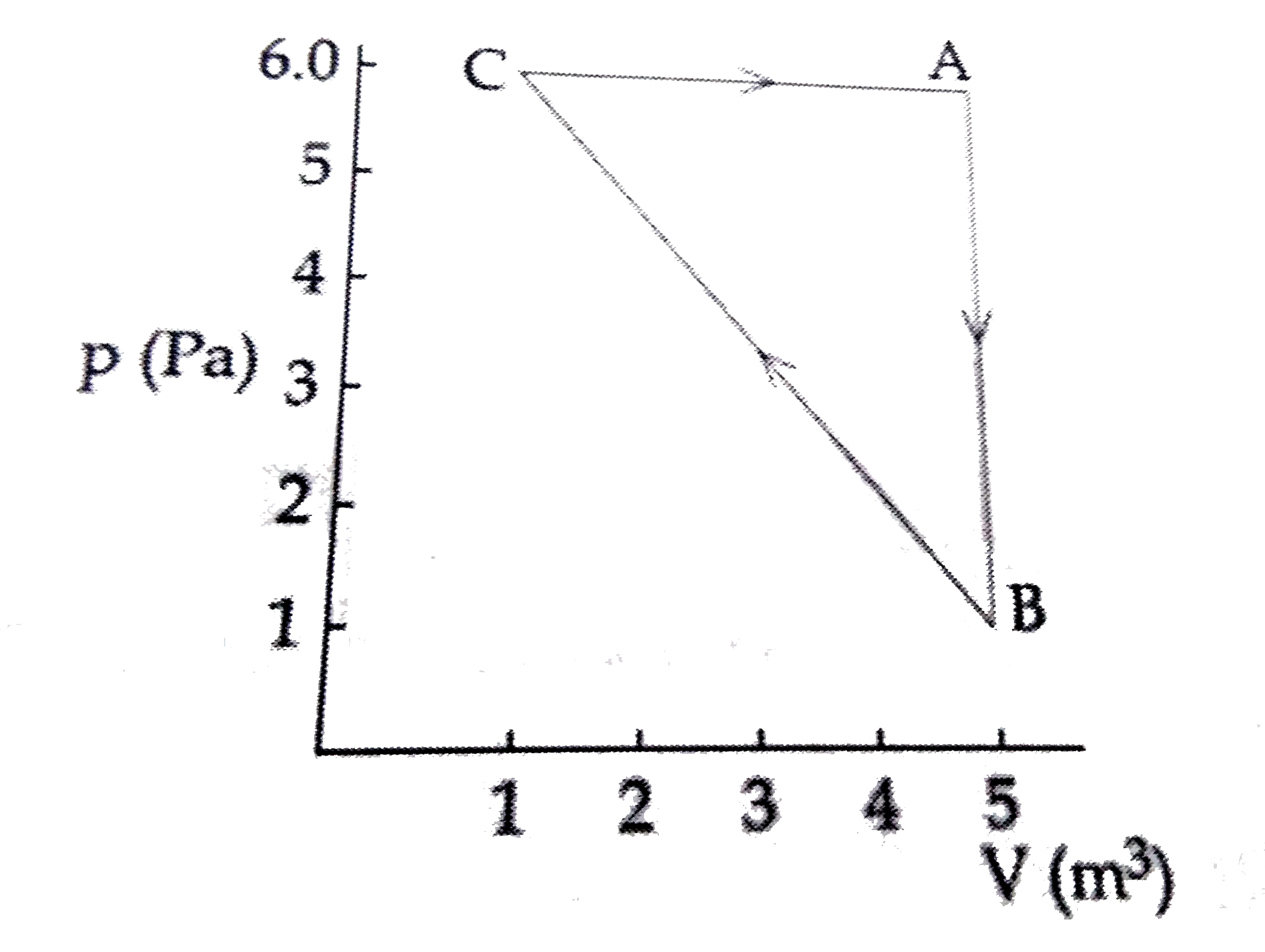Nobel prize was given to Andrew Fire and Craig Mello for their work on RNAi on
Meloidogyne incognitia
Caenorhabditis elegans
Bacillus thuringiensis
Brassica napus
The correct Answer is:B
Step-by-Step Solution:
1. Understanding the Question: The question asks about the Nobel Prize awarded to Andrew Fire and Craig Mello for their work on RNA interference (RNAi).
2. Identifying the Organism: Their research specifically focused on the nematode known as *Caenorhabditis elegans*. This organism is a model organism widely used in molecular and developmental biology.
3. Understanding RNA Interference (RNAi): RNA interference is a biological process in which RNA molecules inhibit gene expression or translation, effectively silencing targeted genes. This process is crucial for regulating gene expression and defending against viral infections.
4. Connection to Agricultural Applications: The work of Fire and Mello has significant implications in agriculture, particularly in controlling pests such as nematodes that affect crops like tomatoes. The nematode *Meloidogyne incognita* is known to infest tomato roots, and RNAi can be used to develop resistance against such pests.
5. Conclusion: Andrew Fire and Craig Mello were awarded the Nobel Prize for their groundbreaking work on RNA interference, particularly in relation to the nematode *Caenorhabditis elegans* and its applications in controlling pests like *Meloidogyne incognita*.
Final Answer: Andrew Fire and Craig Mello were awarded the Nobel Prize for their work on RNA interference (RNAi) in *Caenorhabditis elegans* and its applications in pest control, specifically against *Meloidogyne incognita*.
---
Topper's Solved these Questions
- BIOTECHNOLOGY AND ITS APPLICATIONSBOOK - AAKASH INSTITUTE ENGLISHCHAPTER - BIOTECHNOLOGY AND ITS APPLICATIONSEXERCISE - ASSIGNMENT (SECTION - C) (PREVIOUS YEARS QUESTIONS)
58 Videos
- BIOTECHNOLOGY AND ITS APPLICATIONSBOOK - AAKASH INSTITUTE ENGLISHCHAPTER - BIOTECHNOLOGY AND ITS APPLICATIONSEXERCISE - ASSIGNMENT (SECTION - D) (ASSERTION - REASON TYPE QUESTIONS)
10 Videos
- BIOTECHNOLOGY AND ITS APPLICATIONSBOOK - AAKASH INSTITUTE ENGLISHCHAPTER - BIOTECHNOLOGY AND ITS APPLICATIONSEXERCISE - ASSIGNMENT (SECTION - A) (OBJECIVE TYPE QUESTIONS)
25 Videos
- BIOMOLECULESBOOK - AAKASH INSTITUTE ENGLISHCHAPTER - BIOMOLECULESEXERCISE - ASSIGNMENT (SECTION-D) Assertion-Reason Type Questions
10 Videos
- BIOTECHNOLOGY-PRINCIPLES AND PROCESSESBOOK - AAKASH INSTITUTE ENGLISHCHAPTER - BIOTECHNOLOGY-PRINCIPLES AND PROCESSESEXERCISE - ASSIGNMENT SECTION-D (Assertion-Reason Type Question)
10 Videos
Similar Questions
Knowledge Check
Who won the Nobel prize in physics in the year 1929 for the discovery of the nature of electrons ?
AErwin SchrodingerBR.A MillikanCLouris Victor de BroglieDAlbert Einstein
Albert Einstein was awarded Nobel Prize for his work on
View SolutionLinus Pauling received the Nobel Prize for his work on
View SolutionThe India born and USA based Nobel Laureate Prof. Chandrasekhara is known for his work on
View SolutionIn a Television game show, the prize money of Rs 1,00,000 is to be divided equally amongst the winners. Complete the following table and find whether the prize money given to an individual winner is directly or inversely proportional to the number of winners? Number of winners 1,2,4,5,8,10,20 Prize for each winner (in Rs) 100000,50000............
View Solutionfor the given cyclic process CAB as shown for a gas , the work done is :

View Solutionfor the given cyclic process CAB as shown for a gas , the work done is :

View SolutionWatson and Crick got Nobel Prize in
View Solution
